|
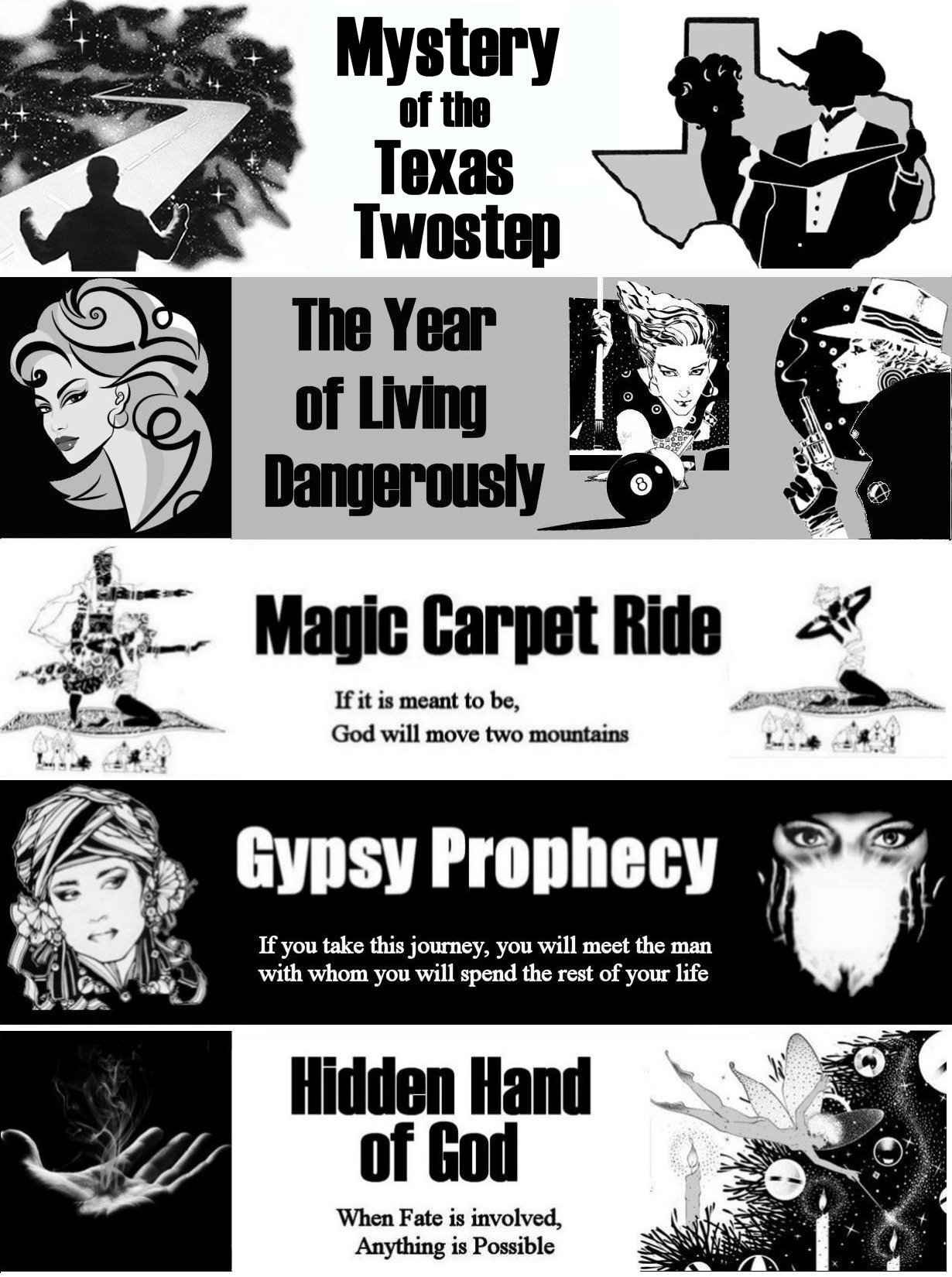
|
MYSTERY OF THE
TEXAS TWOSTEP
CHAPTER TWO:
MYSTERIES ABOUND
Written by Rick
Archer
|
HOUSTON'S WESTERN TRANSFORMATION |
|
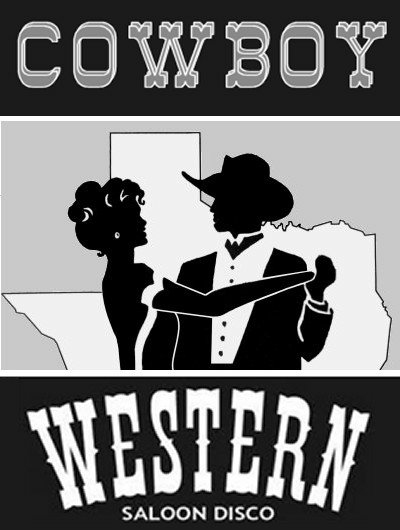 |
Rick Archer's
Note:
Disco dancing was extremely popular throughout America thanks to
John Travolta and
Saturday Night Fever. Houston was no exception.
Then came the bad news. In February
1979, a Country-Western dance hall named Cowboy opened
up
in Houston's high rent district. True blue to my
passion for Disco, I refused to visit Cowboy.
However I heard it was the exact opposite of Gilley's, a rowdy
local dance hall
frequented by cowboys who liked to drink and brawl.
Gilley's set the standard for kicker bars. The sign on the
door said 'Expect the worst and you won't be disappointed'.
Historically the few
Western clubs that existed in the Houston area existed in blue
collar parts of town. So what is Cowboy doing in the high-rent
district? Not only that, rumor had it that $3
million had been spent in remodeling costs at Cowboy. Three million?
For a kicker bar? This was unheard of, so I concluded
something very strange was going on. Now I was hit with more
bad news. The opening of Cowboy
marked the start of Houston's Western Transformation. Over the
next six months, practically every Disco in Houston followed
Cowboy's lead. They closed for a month, then
reopened as a Country-Western club. When the smoke cleared,
Houston was down to three Discos.
None of this made a bit
of sense. While it was true that a large segment of the
Houston population loved Country music, virtually no one
was interested in Western dancing. Indeed, no one in my Disco crowd had
the slightest idea what it looked
like. That included me. At best, maybe 1% of
Houston's population knew how to dance Western. Some were "Urban
Cowboys", blue collar workers who learned to dance out in
rural Texas, then moved to the Houston area looking for jobs.
The other Western dancers came from nearby Texas A&M. They
had learned how to dance Country during their college years. After graduation, they moved to Houston
to start their professions in oil, engineering, accounting, etc.
So what about the other 99%? 80% did not dance at all.
Everyone else preferred Disco, Rock and Soul music. The point
I am making is that Houston had no tradition of Western dancing, so
why is everyone suddenly making such a big fuss? That was the
Great Mystery.
|
Remodeling a
club is very expensive. So why do it? Two
reasons. If people lose interest in the music, sometimes a dance
club will try different music or consider becoming a sports
bar. More often the club simply closes rather than
risk investing good money after bad.
Another reason
to remodel would be in reaction to increasing demand.
BUT THERE WAS NO DEMAND FOR WESTERN!! Houston's Discos
were thriving and Urban
Cowboy had not even been filmed yet. The debut
was set for June 1980, well over a year away. Considering the Discos were
making money hand over fist, there was no urgency, no need
to hurry. Wouldn't it be prudent to wait and see
how the movie does? Apparently not. The rush to turn 'Country' was overwhelming.
Prior to the opening of Cowboy, Houston had only one C&W
club of any notoriety. A dive known as the Winchester Club
catered to blue collar workers. Winchester had been around for ten
years without serious competition. Like I said,
Houston was not interested in Western dancing. Yet for
no apparent reason, the moment Cowboy opened, every
Disco in the city changed its spots. By
my estimate, over 30 Discos made the costly switch to Western. Some claim there were even more
clubs
than that. Here is an article that will help
explain Houston's Western Transformation.
|
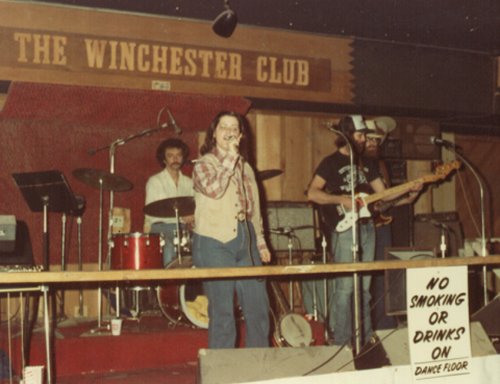 |
C&W
Nightclubs Riding High
--
written by Michael Demarest, Time Magazine, 1981
|
|
In
1975 Houston had at most a dozen cactus cabarets. By the time 1981
rolled around, Houston had more than 300, few of which cared to emulate
Gilley's Dodge City outlaw style. They had a better
idea... let's copy Cowboy!
The transition started in February 1979 when
McFaddin-Kendrick, a Houston-based conglomerate, opened
Cowboy, the city's first "upscale" Twostep saloon.
Following its success with
Cowboy, McFaddin-Kendrick
went on to launch a national chain of 40 western clubs that
mixed country music with disco.
Cowboy's success revolutionized the club industry. Before
Cowboy came along, there was no such thing as a "classy"
country place. It used to be your choice ranged from your standard
country dump #1 to your standard country dump #2.
Prior to
McFaddin-Kendrick's
daring experiment, no one recognized the market for "attractive"
western clubs even existed. Mixing in Disco music was equally
radical. Who would ever guess you could successfully combine disco
and country-western under one roof? Surely some Texas redneck
would shoot a Disco dancer and call it justifiable homicide.
Surprise surprise. Once Cowboy took off for the moon
in typical Space City fashion, everyone else jumped on the bandwagon and
opened Cowboy imitations. The most successful,
Fool's Gold and San Antone Rose,
were located in affluent Houston residential areas. Like
Cowboy, each club catered to the Gucci gauchos.
Imitation proved to be the most sincere form of flattery. In the
space of six months during 1979, McFaddin-Kendrick
changed the landscape of Houston's night clubs forever.
|
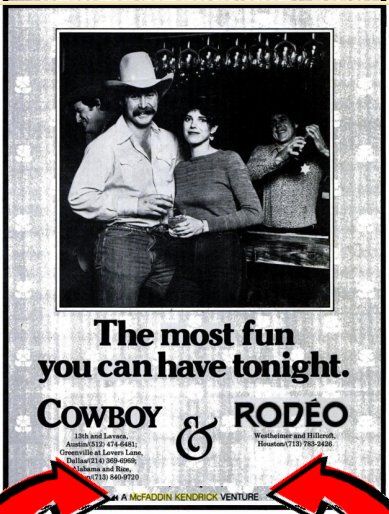
Cowboy, the
Country-Western
dance club that started it all
|
|
What a shame
that article was not available to me in 1979. I was at
a total loss to understand what was going on. Given that
virtually no one in Houston was interested in
Country-Western dancing prior to 1979, what possible reason
could cause the chain reaction known as the 'Western
Transformation'? Okay, Cowboy turned
out to be a roaring success. But the owners of
Cowboy had to know something in advance. Who
tipped them off? Disco was a sure thing while
there was no tradition of Western dancing in Houston.
So why the rush? Their Disco format was making good
money, so why make this expensive remodeling
gamble?
To be quite frank, I suspected there had
to be someone who was orchestrating these changes behind the
scenes. Totally in the dark as to his or her identity,
I referred to my mystery person as the 'Wizard of Oz'.
|
|
MAY 1979
THE GREAT 'SEQUEL' MYSTERY
|
|
First came
Cowboy in February. Then came the 'Western
Transformation' in March-April. Then came the
Great 'Sequel' Mystery in May.
As I said, none of this
monkey-see, monkey-do fuss over Country-Western made a bit
of sense to me.
30 Disco
clubs opened in Houston AFTER the debut of
Saturday Night Fever. Now 30 Country-Western
clubs opened one year BEFORE the debut of
Urban Cowboy. I called it putting the cart
before the horse. There had been an avalanche of
interest in Disco dancing when Saturday Night Fever
hit Houston in 1978. I know this for a fact because I
saw it happen. There was nothing of the sort for
Western in 1979. No clamoring, no fanfare, a total
vacuum.
If there
was a Western Stampede on its way, it must be taking the
subway because no one saw it coming. Given that the
Transformation was costly and so well organized, I could
tell these changes
were not idle decisions. As I mentioned earlier, the Cowboy
remodel
was rumored to have cost three million dollars ($13 million
in 2025). A club owner would have to sell a lot of
beer to get a three million dollar return on his
investment. Why would anyone take a gamble like this
considering the lack of discernible demand?
Saturday Night Fever
had been good for business. A night of fast and
furious Disco dancing worked up quite a thirst. Could
the same be said for the old-style Texas Twostep, an
uncomplicated dance that plodded along at the pace of a turtle?
Each club owner
was destroying a booming, profitable Disco business to
remodel their club in Western motif, but for what reason???
This decision was so undeniably risky, I believed these club
owners had to know something. There had to be some sort of Insider Knowledge,
some sort of guru-type Wizard feeding them a convincing
Country-Western pie in
the sky fantasy.
No one would spend that kind of money unless they were sure
that Disco was doomed. If
so, this was bad news for me. Without Disco dancing, I
was out of a job. How about switching to Ballroom?
I despised the music, so forget it. Why not teach
Western? No way. I hated the music, but that was
the least of my problem. The dancing was so primitive, no one
needed lessons.
Cowboy opened in February. Over the next six
months, not one person asked me for a Country-Western dance
lesson. That is the absolute truth. The reason no one asked me to teach Country
was the utter simplicity of the dancing. I decided it
was called 'Twostep' because it had two steps and could
be learned in two minutes. There was no way I could
make a living by teaching something this simple.
Okay, I think
you get the picture. If this disturbing trend
continued to its expected conclusion, I was about to lose
the most important thing in the world to me, my job as a
Disco dance teacher. That was
hard enough, but even more troubling was my inability to
understand what was going on. It's one thing to lose
your job, but to lose it and not know why was maddening.
If I could just figure it out, maybe I could find a way to
cope. No such luck. As one Disco after
another closed, I remained in the dark frantic with worry.
May 1979 marked
the heyday of the Saturday Night Fever Disco
Era that swept the continent. May was the peak of
Disco Fever, the
summit, the absolute pinnacle. I had countless
Disco students, somewhere around 400 spread over 15 classes
per week.
Balanced against that were rumors of big crowds at
Cowboy.
This
was ridiculous! Houston's Disco Era was
simultaneously thriving and disintegrating before my very
eyes.
Haunted by fear of the unknown, I was plagued by a constant
sense of dread.
Then one day in mid-May I finally got
a clue. A
lady named Carol was talking to me at the studio. She
mentioned a rumor about some movie project called
Urban Cowboy.
Carol saw it on the
news last night. According to Carol, the
movie would be filmed in Houston and nearby Pasadena over
the summer.
I yawned.
Big
deal. Who cares? However, when Carol mentioned
the movie would star John Travolta, my heart stopped
beating.
John
Travolta was the biggest movie star on the planet!
Was this the
answer to my torment? Barely able to breathe, I
whispered, "Carol, are you sure about that?"
"Yes, Rick,
I'm serious. That's what they said on the news.
Urban Cowboy
is supposed to be a sequel to Saturday
Night Fever. Not only
that, John Travolta will be kicker dancing in the movie.
They expect Travolta will do the same thing for
Country Dancing that he did for Disco Dancing.
They predict John will revolutionize Country dancing."
My heart pounded
so hard, I thought I was having a heart attack. Only
news of the Second Coming could have shocked me more.
This had to be the strangest thing I had ever heard in my
life. No wonder all these clubs are turning Western.
They think Travolta is going to work a miracle. As for
revolutionizing the dancing, ugh, good luck with that.
From what I heard, women danced the Twostep backwards all night long. The thought of
watching John Travolta plow
some poor woman backwards for an entire song was utterly
ludicrous. Why would anyone pay a dime to see that?
|
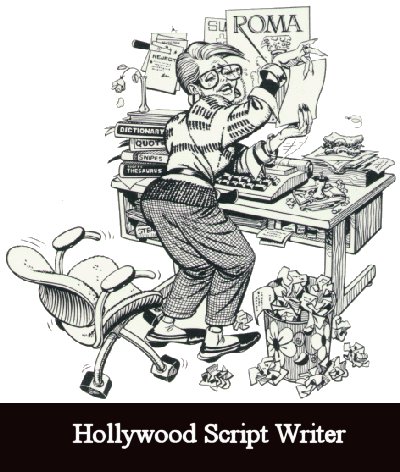 |
On the other
hand, maybe there was more to Country dancing than I knew.
I crossed my fingers. Let's hope so. But it
still made no sense!!! Try as I might, I could not
visualize the star of Saturday Night Fever and
Grease in a Western movie.
Just then Carol
snapped me out of my trance. "Oh, one more thing.
I forgot to tell you that this country movie is supposed to
be a sequel to Saturday Night Fever."
What?!?!
I shook my head
in consternation. Sequel? Sequel to what?
What kind of Sequel are we talking about? I was really
confused. What drug-addicted script writer would dream
of moving Saturday Night Fever Superstar Tony
Manero from Brooklyn, New York, to Pasadena, Texas? A more
logical sequel would have Travolta's Disco character take
his dancing from Brooklyn to
Broadway. I had heard of 'creativity' and 'thinking
outside the box', but this was ridiculous. I tried
to imagine a plausible plot. Why would Tony Manero
move to Texas? And why would he give up Disco to
become a dancing cowboy?
Okay,
here's an idea. Tony Manero witnesses a Mafia hit in the Disco. He
identifies the perp, testifies, then enters witness
protection. He hides out as a refinery worker in
Pasadena and learns the Texas Twostep on his lunch break.
Does anyone want
to see this movie? No, I don't think so. The
outrage I felt was unbearable. My dance career has to
die for this? This had to be the stupidest movie
Sequel I had ever heard of. What kind of Hollywood
idiot thought this one up? Oh, and one more thing.
Travolta is going to revolutionize country dancing?
Give me a break.
|
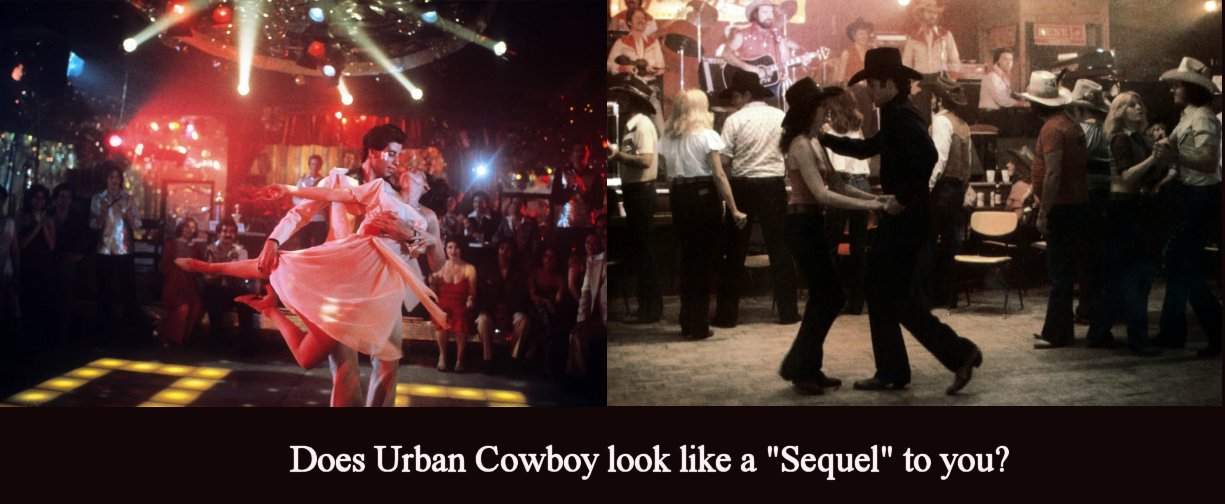
GUESS WHO'S COMING TO TOWN? |
|
At least I
finally understood
the strange mystery
of the Western Club Transformation. Someone had
convinced the smartest guys in the room that John Travolta would
do the same for Western that he had done for Disco.
However, the irony
was overwhelming. At this very moment the 'Disco
Sucks' crowd was burning 'Ravolta' images and
stomping on Disco records. What would these haters
think when they discovered the object of their disgust had
gone country? And what would the Disco crowd think?
Traitor!
Travolta made
sense in Grease. He was awesome.
But no one ever suggested that
Grease was a SEQUEL to Saturday Night Fever.
Besides, Travolta was completely wrong for a starring role in Urban
Cowboy. John was so soft
and pretty, who would believe he could win a fist fight?
Travolta was indelibly etched in my
imagination as the least likely actor in Hollywood to star
as a Cowboy. Furthermore, no
one but me seemed to object to the absurdity of the Sequel
claim. Apparently I was the only person in the city who thought the
idea was preposterous. Everyone else was too excited about
'John' coming to town to give it a second thought. I decided
the world had flipped on its axis.
Overnight Houston went
nuts over John Travolta sightings. The newspapers and
TV stations could not get enough of him. There were so
many reports I assumed the Houston media tailed him wherever
he went. I was still baffled by the suddenness of it
all, but at least I had my explanation.
John Travolta and
Urban Cowboy
explained why the club owners were so
confident about making these expensive changes.
What else could it be?
But
that did not mean I was happy. Quite the opposite. Disco was in serious
trouble here in Houston and there was not a damn thing I
could do about it.
|
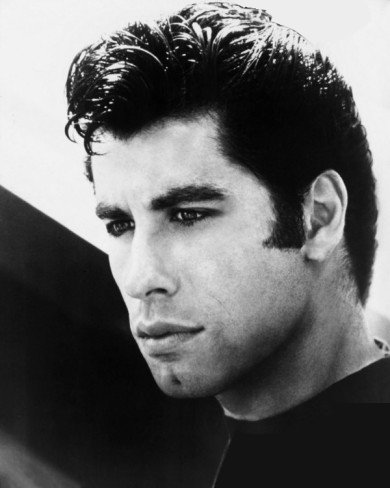 |
THE URBAN COWBOY FASHION SHOW |
|
During the summer, another mystery popped up.
I called it the 'Urban Cowboy Fashion Show'.
In addition to daily updates on Travolta's
film activities and bad news about the latest
Disco gone Western, a
lot Houstonians began wearing Western apparel.
Not the normal crowd, mind you. I gasped
when pictures of fashionable, well-heeled
socialites wearing gaudy Western outfits began
appearing in the Houston Chronicle. Even
stranger, I started seeing women wearing these
outfits in public. Considering they stuck
out like a sore thumb, where did they get the
nerve?
Like
I said, lots of Houstonians liked Country music.
They also embraced the Country-Western lifestyle.
Houston's freeways were jammed with countless
pickup trucks. And lots of people liked to
dress Western. You know what I mean... cowboy hat, blue
jeans, boots, denim shirt. That was normal
attire for many Texans. Nevertheless, it was
creepy to see women wearing the most
outlandish Western outfits.
I am not talking normal Western apparel, I am
referring to gaudy, expensive clothing in public. Good
grief, these outfits were better suited for a
fashion show or a costume party, but not a
grocery store.
Don't get me wrong.
Some of these fancy outfits were downright
beautiful. But in my opinion they did not belong
in ordinary venues.
Maybe you could strut that stuff in
Hollywood or L.A. where eccentricity abounds, but this was not the kind of
clothing Houstonians would wear in everyday
life. Fortunately the general population
agreed with me, probably because they couldn't
afford the clothes. Whatever the reason, I did not see many
examples in public. But when I did,
invariably my jaw dropped in open amazement at
the audacity.
Seeing these weird outfits made me mad. To
me this Urban Cowboy
nonsense had gone too far. But it went
deeper than that. I had just received my
fifth clue that something really weird was going
on. First Cowboy.
Second, the Western Transformation. Third,
this bizarre Sequel nonsense. Fourth, the
obsession of the Houston media with John.
And now the coincidence of Urban Cowboy
being filmed in the Houston area and all the
strange outfits showing up. These clues
had to be connected. Yet again I suspected
a mysterious Wizard of Oz was responsible.
Who is this man? And
will he please
tell me what the hell is going on
in my hometown?
|
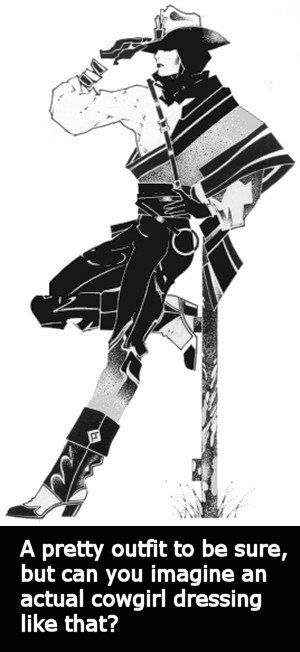 |

|
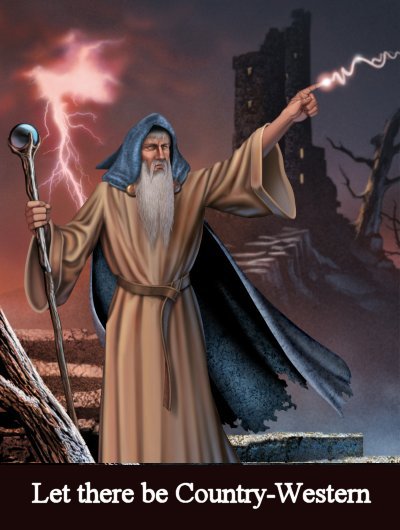 |
As the leading Disco teacher in the city,
I probably had more to lose
by the Western Transformation than anyone
else. So a dance club changes its
spots. Does the DJ lose his job?
No. The bartender? No. The
waitress? No. What about the
club owner? Nope. From what I
heard, the new Western clubs did a thriving
business. Texans like beer and they
like Country music. When it came to
C&W
dancing, no one had any idea what they were
doing, but if you drink enough beer, who
cares. Besides, the dancing was so
simple, most people learned what little
there was to learn out on the floor.
But what about me? I was about to lose
the most important thing in the world... my
career as a Disco dance instructor. That is why I was
went mad trying to
understand the reason for developments that
quite frankly did not make a bit of sense.
First and foremost was the fact that Disco was at its peak of
its popularity
in every part of the country but Houston.
"Why," I asked, "is Houston the only city in America
affected by the filming of Urban
Cowboy? What possible
reason can explain why Disco is facing a premature death
here, but nowhere else? Tell me who
did this to me so I can go shoot him."
Who had the ability to persuade Houston's
Disco owners to change their stripes based
on a movie 18 months away from its debut?
Who had the power to
persuade the Houston media to hype John Travolta
and this stupid movie on endless loop?
Who had the power to initiate Houston's
city-wide mass hysteria over C&W at a time when every
other city in the country was still enthralled
by
Saturday Night Fever?
Who had the ability to persuade John
Travolta, the hottest star on the planet, to
accept a role he clearly was not suited for?
|
Who had the
power to persuade the New York-based Fashion Industry to
base their Fall fashions on an unseen movie with a
release date over a year away?
Who had the power to trick people into
thinking Urban Cowboy was a
legitimate 'Sequel' to Saturday
Night Fever? Other than
Travolta's presence, there was absolutely no
similarity between the two movies.
When I speak of
the 'Mystery' of the Texas Twostep, this were the
unanswered questions that haunted me night and day. There were massive changes taking place
in my hometown and no one seemed to have any idea who had
orchestrated them.
Perhaps some giant corporation was responsible,
but I did not think so. I had a strong
hunch these changes were the product
of one man's imagination. As it turned
out, I was right. There really was a
Wizard. We will meet him in due time.
|
|
|